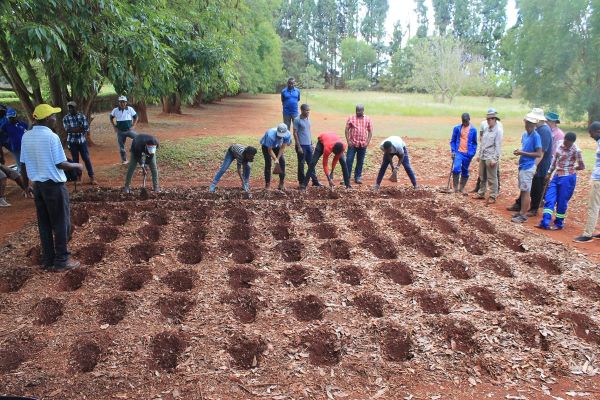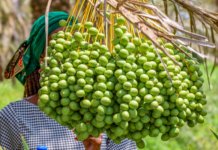By Lawrence Paganga
The uneven 2021/2022 summer farming season has seen maize production in Zimbabwe failing to 908 999 hectares against the targeted two million hectares.
The government had targeted farmers to plant two million hectares of the maize crop under in its Pfumvudza/Intwasa agricultural input Intwasa agricultural input scheme.
However, the government missed the target by over one million hectares. The planted crop is also low compared to 2021.
This is due to an uneven rainfall pattern since the start of the season last October when the country experienced a dry spell most of December with farmers failing to plant their maize crop.
Some of the planted crops wilted and it was late for farmers to replant when the rains returned at the end of December.
In a maize cropping update released Monday by Agritex, a Ministry of Agriculture department, by last Friday, planted maize crop by commercial farmers was 483 626 ha of maize. This is a decrease from 573 320 planted last year.
Farmers resettled under the government land reform exercise under the A1 programme planted 170 700 ha compared to 161 643 ha while those on A2 land have planted 100 654 ha against a record of 122 155 ha in 2021.
According to Agritex, farmers resettled before 2000 planted 92 418 ha compared to 120 267 ha in 2021 while small-scale farmers planted 36 772 compared to 49 442 ha, and large-scale maize growers planted 18 620 ha compared to 33 129.
However, despite the bleak figures, Agritex principal agronomist Rutendo Nhongonhema urged farmers to protect their maize crop and be on the lookout for pests such as the fall armyworm.
“Farmers should also watch out for fungal diseases. Water harvesting should continue for use when rains stop,” she said.
The return of the incessant rains has seen farmers failing to work on their fields and crops causing leaching.
Besides distributing free agriculture inputs to farmers, the government also distributed small grain seeds including pearl millet, sorghum, rapoko, and beans.
Some of the farmers were also availed with cotton seed under the presidential cotton input scheme.








